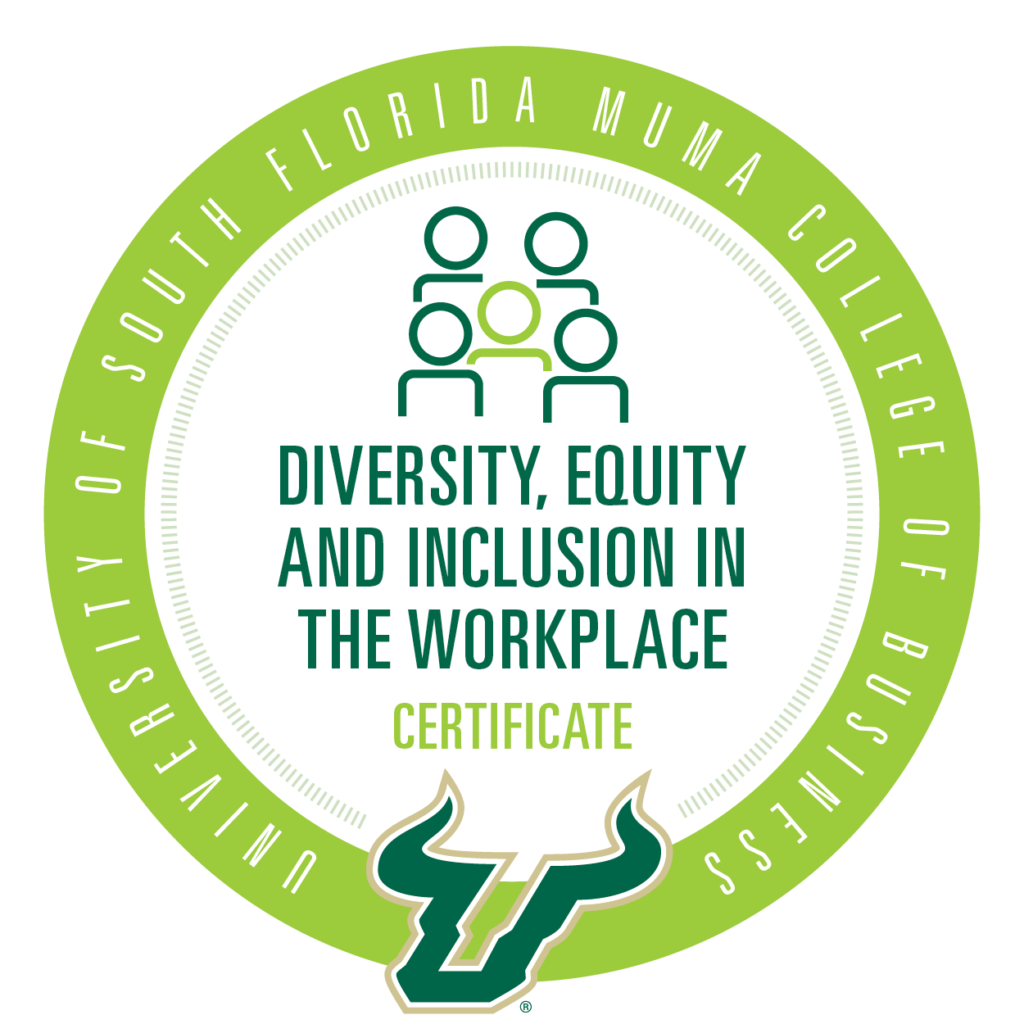On-campus visits are a great opportunity for prospective college students, and they can be particularly helpful for LGBTQIA+ students. Guided walking tours, overnight visits, and meetings with specific staff members are great resources for learning about a school, but it is important to be aware of the meaning both official and unofficial information may have and when to be critical of what you are told about a school. Even if a school has good policies on paper, there are ‘orange flags’ you may encounter during visits that individually may not seem significant or like a reflection of the school as a whole, but if you notice a pattern could be a sign of larger issues. Knowing when to ask certain questions and what orange flags you should look out for on visits can help you make an informed decision about if a school is a good fit for you.
Walking tours are usually done in groups and are led by current students working as guides for their school. The guides will show the group around the campus, explain some details about the academic setup and campus living, and answer whatever questions the group has during the tour. Having a chance to see how students around campus interact and ask questions to a current student can be helpful, but it is important to remember that between the group setting and the fact that guides are functioning as staff for the school, they may be hesitant to give honest and nuanced answers they feel come across as negative. Even if you don’t feel comfortable asking questions specifically about LGBTQIA+ students or the answers you get are vague, a lot can be learned by paying attention to what a guide says (or doesn’t say) and how they say it. Do they introduce themselves with their pronouns and respect the pronouns of prospective students/family members in the group? When talking about organizations or activities on campus, do they mention any LGBTQIA+ groups or events? If you ask them about a component of on-campus living for LGBTQIA+ students, do they seem hesitant to respond? If your guide seems comfortable, welcoming, and respectful when talking about their LGBTQIA+ peers and resources on campus, that is a great sign about the school and its students.
Many schools also offer overnight visits. A prospective student will be matched with a current student to accompany them around campus for a day or two and stay overnight in their dorm. These visits are a great chance for LGBTQIA+ students to get unofficial information about the school, both by seeing life on campus firsthand and because current students are more likely to answer questions honestly and in detail in private and one-on-one conversations than in more formal group setting like a tour. If you go on an overnight visit, pay attention to what you hear and see on campus. Does your host or anyone they introduce you tell you their pronouns or ask yours? Do you hear current students make any comments about LGBTQIA+ students (positive or negative)? Do any students you meet say or imply that they are LGBTQIA+? When you have a chance to talk to your host or other students you meet in a private or semi-private setting, you can ask questions like if they know any out LGBTQIA+ students on campus, if LGBTQIA+ students are respected by school staff and classmates, and if the school has a reputation for sweeping issues LGBTQIA+ students face under the rug or downplay them. Even if the student you are speaking to is not LGBTQIA+ themselves, knowing what students are seeing and hearing on campus is helpful information to have.
Setting up meetings to talk one-on-one with specific college staff members about policies the school has to protect and accommodate LGBTQIA+ students is the best way to get up-to-date and complete information on the college’s official policies regarding topics like housing, who to go to if a student faces issues with their classmates or professors, what resources and spaces the campus has for LGBTQIA+ students, and more. These meetings can generally be set up by contacting the department by email or phone. In addition to getting information and answers to questions, pay attention to if the staff seem happy to help, be informed about resources and policies, and be proactive in making sure all students feel safe and comfortable on campus- if they do, that is a very good sign about the administration’s overall treatment of LGBTQIA+ students.
There are a few orange flags you should look out for on school visits. Encountering just one might feel like a small inconvenience or a reflection of an individual involved rather than the school as a whole, but if you are noticing a pattern of them it may be an indicator of a larger problem.
One orange flag to look out for is if you are being given conflicting information about policies and practices for LGBTQIA+ students. If you meet with a staff member to talk about specific policies, does what they say line up with the official written rules or what other staff members have said? Are staff members or written resources from the school providing information that contradicts what you are seeing or what current students say really happens on campus? Are staff members saying different things or acting differently when speaking to just the student than when parents or other family members are present? One instance of this happening could be due to a staff misremembering the details of a rule in the moment or a student not being aware of what happened after an interaction they saw, but if you are getting a lot of conflicting information that could be a sign that the school’s official policies regarding LGBTQIA+ students are not what actually occurs on campus. If on a visit you can already see evidence that policies are not generally followed or enforced by the school, then it is likely that any issue LGBTQIA+ students face will require them to do a lot more work and self-advocating to be addressed (if it is ever truly addressed at all).
Another orange flag to note is what behavior seems to be socially acceptable for staff and current students on campus. Are they asking what pronouns you use or sharing their own? If they do not share their own, do they react with surprise or discomfort when you or other prospective students share yours, and do they use them properly after they are shared? Are questions relating to LGBTQIA+ students responded to in a respectful way? Do you overhear any homophobic or transphobic jokes? If there seems to be a pattern of discomfort or disrespect around LGBTQIA+ identities or individuals, that says a lot about the environment on campus.
If multiple students you speak with say they do not know of any openly LGBTQIA+ students at the school, that could indicate a larger issue. Roughly 8% of adults in the United States are LGBTQIA+1 and the average college in the US has over 6,000 students. That means unless other factors are at play, an average-sized college has at least a few hundred LGBTQIA+ students. Even outside of situations like sharing pronouns that may make it clear a student is nonbinary/transgender, conversations about romantic and sexual partners are very common on college campuses. If multiple students you speak to say they have not encountered a single openly LGBTQIA+ student at the school that likely means that either there is a reason LGBTQIA+ students are choosing not to go to that school (or transferring out) or that overall LGBTQIA+ students at the school do not feel safe or comfortable being out to their peers. For many LGBTQIA+ prospective students, that alone could be the deciding factor of if a school is right for them.
College visits give you an exciting opportunity to learn more about a school, meet students who could soon be your classmates, and see the place you may call home for four years. By staying aware of what to look out for on college visits- both positive and negative- you can make sure you are set up for success in this wonderful new chapter of your life.
Citations:
1 “We Are Here: At Least 20 Million LGBTQ+ Adults in U.S.” Human Rights Campaign, https://www.hrc.org/press-releases/we-are-here-lgbtq-adult-population-in-united-states-reaches-a t-least-20-million-according-to-human-rights-campaign-foundation-report.
2 “Understand College Campus and Student Body Size.” BigFuture, https://bigfuture.collegeboard.org/plan-for-college/college-basics/types-of-colleges/understand-c ollege-campus-student-body-size#:~:text=Moreover%2C%20some%20institutions%20have%20j ust,the%20U.S.%20News%20%26%20World%20Report.








